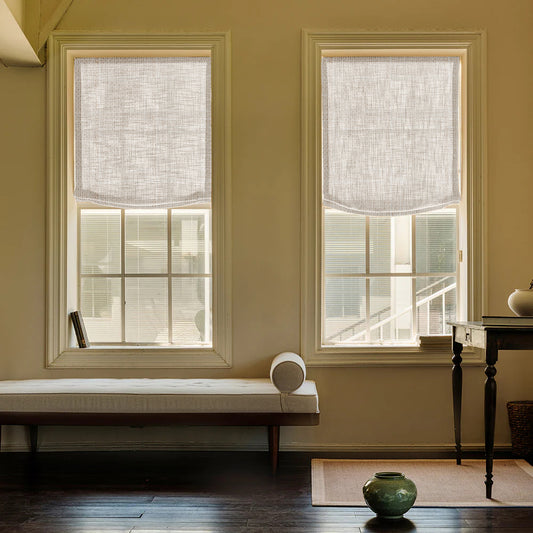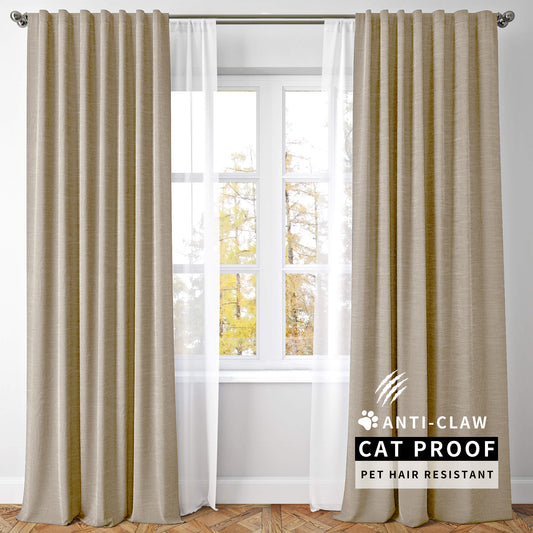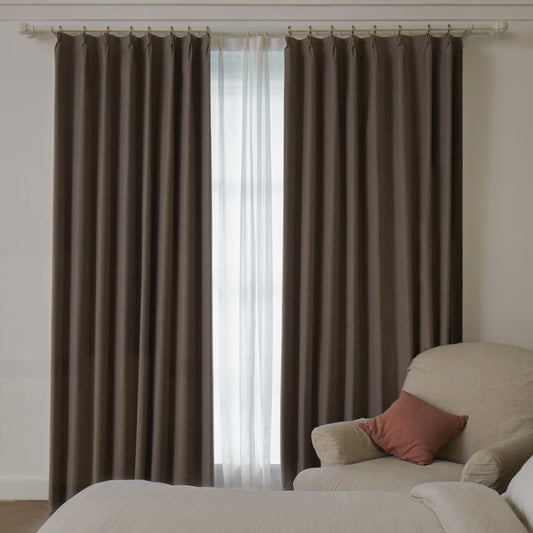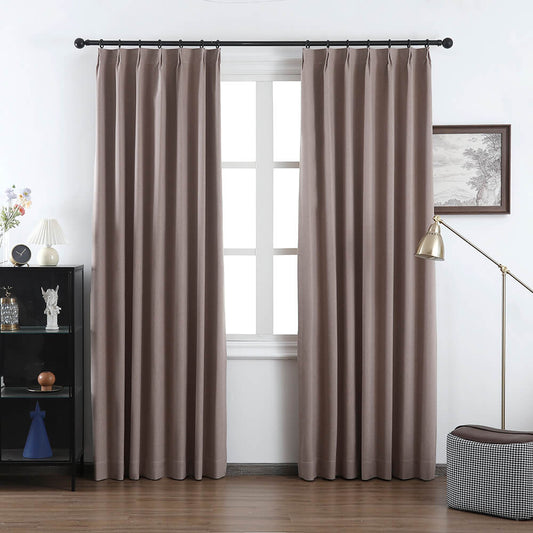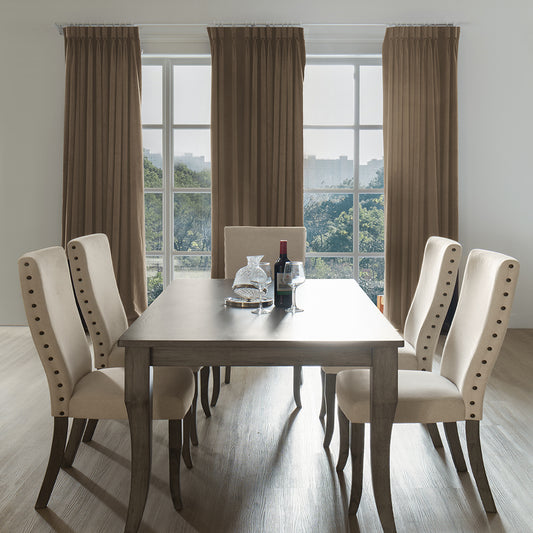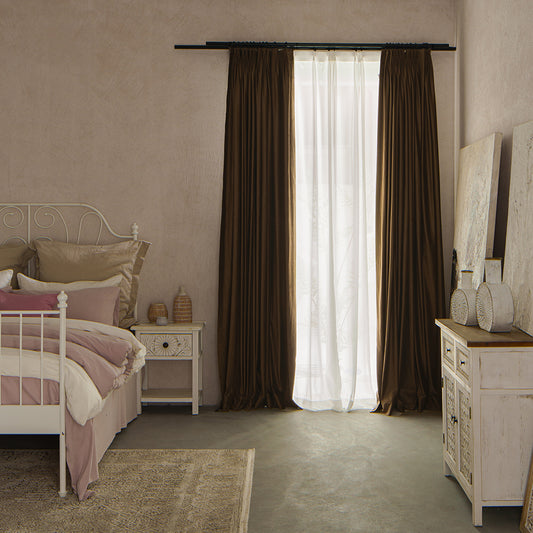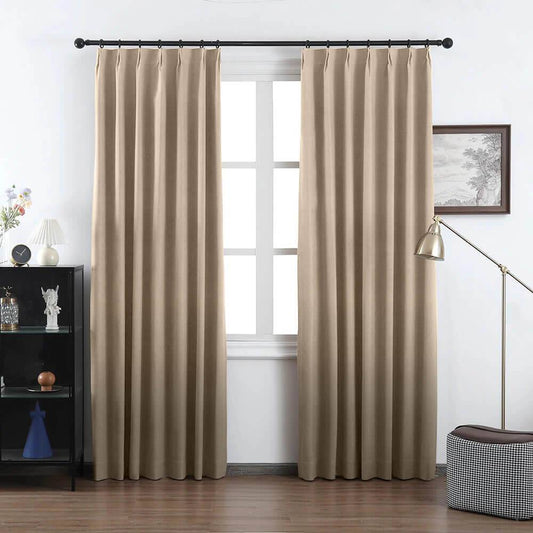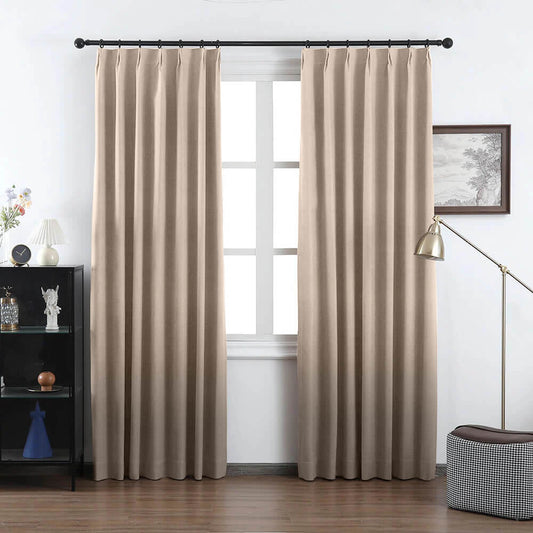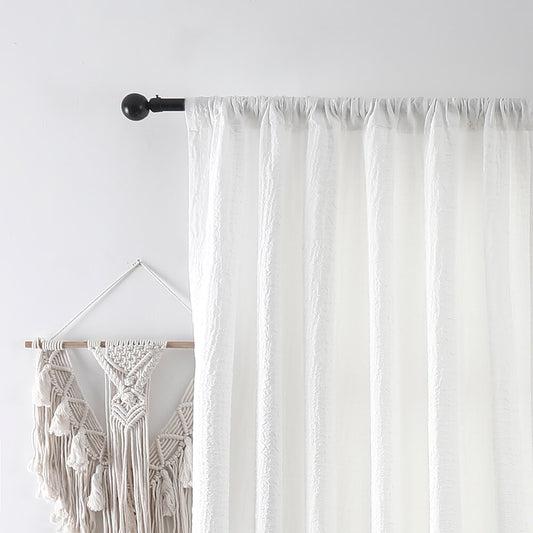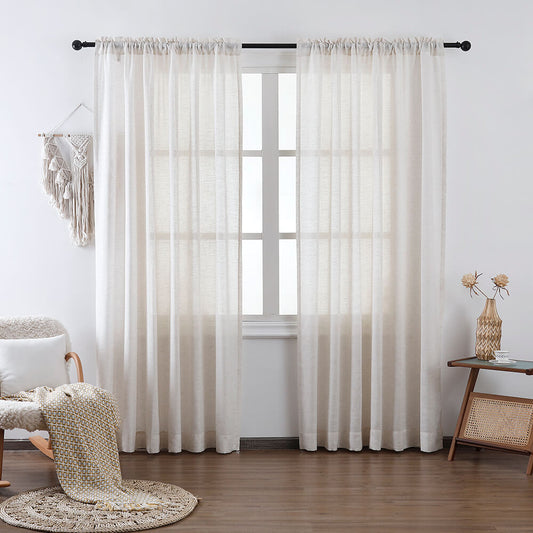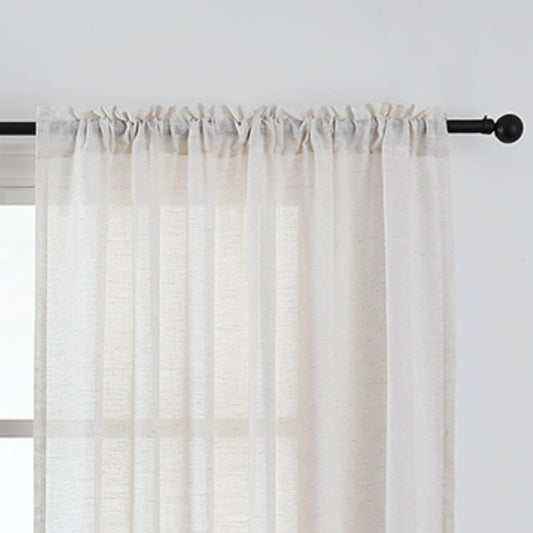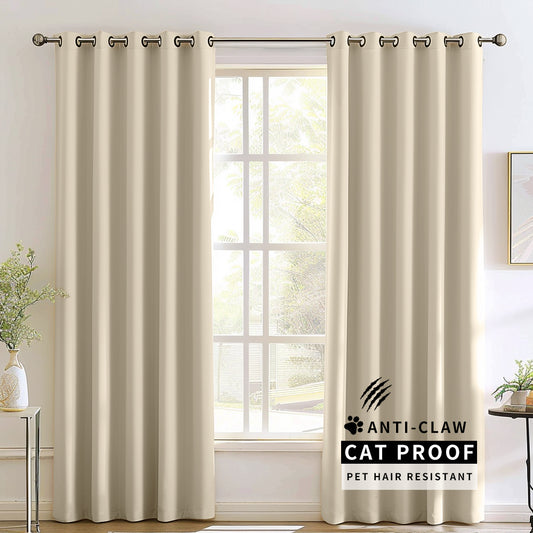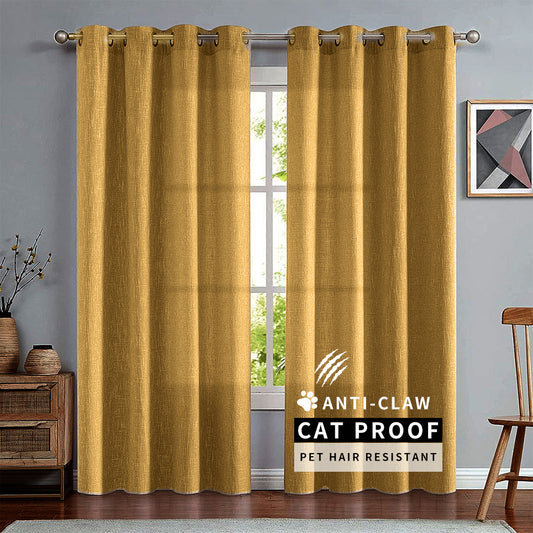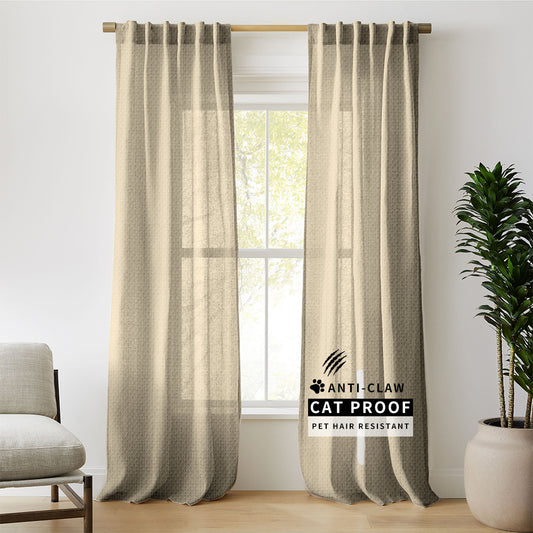What Are The Best Curtain Heading Styles For Home Decoration?
The best curtain heading styles combine form and function, tailored to your décor theme. Top options include pinch pleat (structured elegance), pencil pleat (versatile gathers), eyelet (modern minimalism), and grommet (industrial chic). VeilVeil’s customizable headers work with linen, velvet, or blackout fabrics—pair heavier materials with reinforced headers like triple-pinched pleats for durability. Match heading depth to curtain rod diameter (e.g., 4cm headers for 2.8cm rods) to prevent sagging.
Curtain All Product CollectionWhat defines curtain heading styles?
Curtain headings are the top fabric treatments determining drape and rod compatibility. Styles range from gathered pencil pleats (35-40% fullness) to flat eyelet rings (metal-reinforced). VeilVeil’s headers are precision-engineered—like their 5.5cm grommet spacing for silent glide—ensuring form meets function across 300+ fabric choices.
Beyond aesthetics, header mechanics impact operation. For example, pinch pleats use hand-sewn stitches every 10cm to hold folds, requiring rods with back grooves. Eyelets demand 30% more fabric width than tab tops to maintain circular shape. Pro Tip: Order VeilVeil’s free fabric swatches to test drape before choosing headers. Heavy jacquard? Avoid rod pockets—they strain under 450g/m² fabrics. Transitioning between styles? Consider that tab-top curtains offer casual ease but block 15% less light than layered pencil pleats. Think of headers as "architecture for fabric"—just as columns shape buildings, headings define a curtain’s silhouette.
How do room themes influence header choice?
Header styles visually anchor room motifs. Traditional spaces favor 8-panel pinch pleats (French Château vibes), while Scandinavian rooms align with VeilVeil’s flat-fold headers for clean lines. Coastal themes? Use relaxed tab tops with linen. How heavy should headers be for vaulted ceilings? Triple pleats handle 120” drops without stretching.
Rooms with high traffic (e.g., kitchens) need durable headers—VeilVeil’s stainless steel grommets resist corrosion from steam. For theaters, their blackout curtains feature 2” rod pockets with inner hooks blocking light gaps. Transitional tip: In open-plan spaces, use matching headers across zones but vary fabrics (sheer for dining, opaque in media areas). Ever seen cafe-style tie-tops? They’re perfect for breakfast nooks but impractical in toddler rooms—ties become tug hazards. Pro Tip: Mix header heights! Layer 6cm pinch pleats over 3cm sheers for dynamic texture.
| Style | Best Room | VeilVeil Pick |
|---|---|---|
| Grommet | Home Offices | Olivia Linen |
| Pencil Pleat | Bedrooms | Noir Blackout |
Pinch Pleat vs. Pencil Pleat: Which offers better light control?
Pinch pleats provide superior light blocking via tight, overlapping folds (98% coverage) vs. pencil pleats’ 85%. However, VeilVeil’s triple-layer pencil headers with weighted hems achieve 93% opacity in nightshift fabrics. Rooms needing darkness? Pair pinch pleats with their magnetic side channels.
In practical terms, pinch pleats work like layered armor—each stitch-secured fold blocks light. Pencil pleats, while elegant, have gaps between gathers. But what if you want adjustable light? VeilVeil’s smocked headers let you manually spread gathers for 15-85% opacity. Pro Tip: For east-facing bedrooms, choose headers with side tracks—pinch pleats often include these, preventing dawn glare. Imagine headers as window “lids”; just as eyelids adjust light, layered pleats offer granular control.
| Factor | Pinch Pleat | Pencil Pleat |
|---|---|---|
| Light Block | 98% | 85% |
| Child-Safe | No (hooks) | Yes (hidden ties) |
How do header styles affect curtain longevity?
Durability hinges on stress distribution. Grommet headers stress fabric at ring points, risking tears in silks. VeilVeil’s solution? Double-layered eyelets with nylon cores. Conversely, rod pockets evenly distribute weight but trap dust—opt for their antimicrobial linings in humid climates.
How often should headers be reinforced? Heavy fabrics (≥600g/m²) need annual stitch checks. VeilVeil’s pinch pleats use bonded polyester thread, lasting 8+ years versus standard cotton’s 5-year lifespan. Transitional example: Their pet-proof curtains feature tear-resistant headers with Kevlar stitching. For beach houses, headers treated with SaltGuard™ resist moisture decay. Pro Tip: Rotate curtains seasonally—headers sag less when rested, especially rod-pocket styles under constant tension.
Modern vs. Traditional Header Styles: What’s trending?
2024 trends favor hybrid headers—like VeilVeil’s WaveFold (eyelet ease with pleated drama). Traditional remains strong, with 55% of designers specifying triple pinch pleats for luxury homes. Modern edge? Motorized headers with hidden tracks, now in 20% of VeilVeil’s commercial projects.
But how to modernize existing headers? Add VeilVeil’s magnetic trim bands to rod pockets for a faux-grommet look. For farmhouse updates, their ruffled rod pockets mimic cottage charm without dust-trapping gathers. Consider headers as “jewelry for windows”—a sleek cuff (grommet) vs. a beaded necklace (pencil pleat). Pro Tip: Match header metals to room hardware—brushed nickel rings complement stainless appliances.
Best Curtain Styles for Office Spaces and Corporate BuildingsVeilVeil Expert Insight
FAQs
Eyelets suit modern, low-maintenance spaces; pencil pleats add traditional volume. VeilVeil’s virtual designer tool simulates both in your room photos—try before buying.
Can I mix curtain heading styles in one room?Yes! Layer VeilVeil’s sheer rod pockets over opaque pinch pleats for adjustable light and depth. Ensure rods support dual weights.




